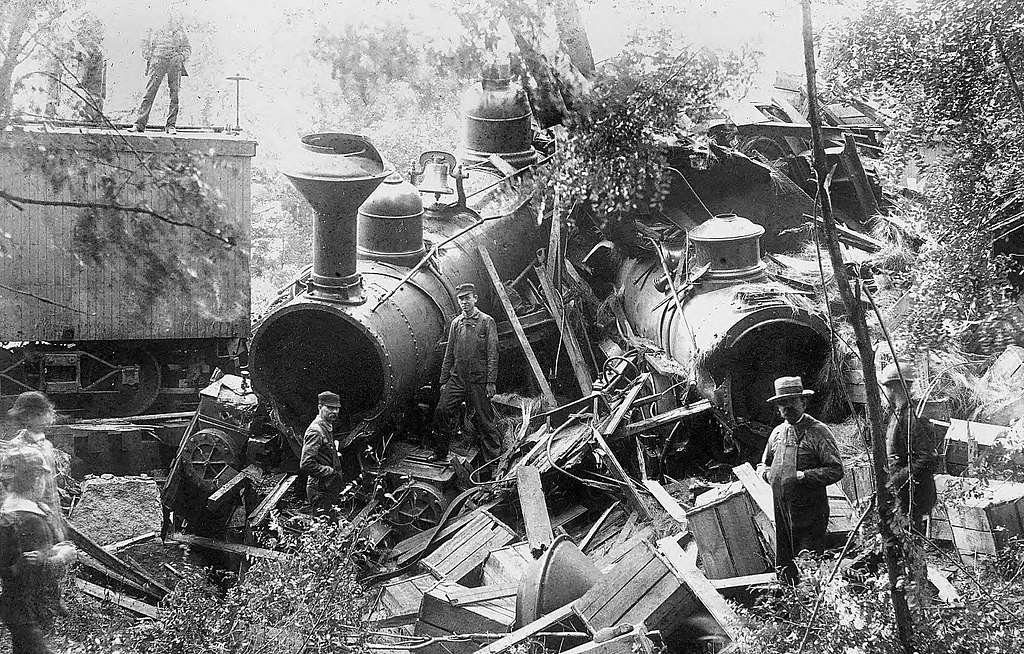
Image in Public Domain
With news that VTA’s misbegotten plans to extend BART to downtown San Jose and Santa Clara have gotten (hold on to your seats) even more expensive than previous budget-busting estimates, Marc Joffe at the Cato Institute wonders anew if it’s time for a re-think on the whole project. Even the Merc agrees. An Opp Now exclusive.
Last week, we learned that the six-mile BART Silicon Valley Phase II extension will cost even more and take even longer than forecast. The new price tag of $12.2 billion is over $2 billion per mile, and the new completion date is 2036. Unfortunately, this further escalation is not triggering any second thoughts about the project among VTA leadership and transit advocates. But if they were willing to carefully consider the costs and benefits of this project, they might be willing to pull the plug.
Sign up to receive updates on Opp Now articles. Click HERE.
The case for the BART extension rests more on climate change than on congestion or convenience. Downtown San Jose is not especially busy in the aftermath of the pandemic, and area travelers already have alternatives to cars. For example, commuters can get from Berryessa BART to Diridon Station in 20 minutes or less using VTA’s Rapid 500 bus service. There is also light rail as well as a growing micro-mobility network that will eventually feature 1,000 shared bikes and additional 1,000 shared e-bikes.
But the availability of these alternatives also undercuts the climate case for the BART extension. It means that most new BART riders will migrate from other transit modes rather than cars. The latest ridership model issued by the Federal Transit Administration estimates that the BART extension will serve 32,900 weekday trips, of which only 10,700 will be new to transit. Even if all these new passengers will transfer from cars, the new BART service would reduce the number of car trips in Santa Clara County by a mere 0.4%.
Further, many—and probably most—of the car trips BART service would replace will be electric car trips. California plans to end new combustion engine vehicle sales by 2035. And the shift to electric cars is already well underway in Santa Clara County: In early 2023, over 43% of light duty vehicle sales were zero-emission vehicles.
Transit advocates correctly note that the life cycle environmental impact of electric vehicles exceeds the lower emissions benefits they offer. Mining rare earth minerals to make electric vehicle batteries and disposing of these batteries have adverse environmental impacts. But the presence of a new BART service will likely have little or no effect on an individual’s decision to buy a vehicle, since there will still be many destinations to which BART cannot take a Santa Clara County resident.
Finally, even the estimated savings of 10,700 car trips is optimistic. The Federal Transit Administration’s model was based on pre-COVID travel data. Since 2020, we have seen a permanent increase in remote work and decreased transit use. Also, expected growth in the county’s population is not materializing.
The bottom line is that the BART extension is a very expensive way to achieve minimal savings in greenhouse gas emissions more than a dozen years from now. Certainly, there are better ways to spend billions of dollars to fight climate change, if that is indeed the main objective of Santa Clara County voters and taxpayers.
Follow Opportunity Now on Twitter @svopportunity

